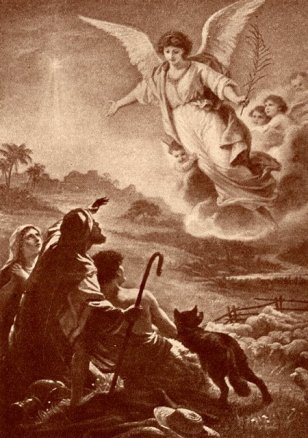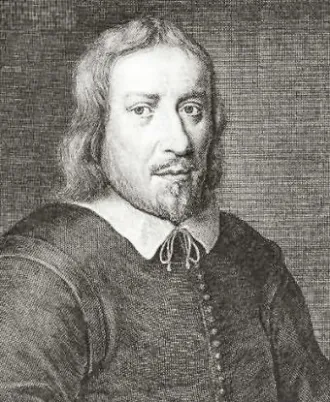I heard Darcus Howe speak at the Anarchist Bookfair in London last month. The veteran black writer and broadcaster was talking about the recent riots in London, which he linked both to the police shooting dead of Mark Duggan in Tottenham and the ongoing stop and search of young black people. The most surprising thing was that he recalled that just before the riots he had warned of the consequences of this kind of policing and had written that “I hope Amy Winehouse is floating in the stars, speaking in the ear of authority, saying, ‘No, no, no.'”
Winehouse died just before the riots, so obviously Howe was being topical. But how did this Jewish singer from north London come to be conceived, even if only whimsically, as some kind of saint? On the day after Amy’s death I happened to be in Camden, where she died. Her music was everywhere in the market and people were talking about her constantly; fans started a shrine by her home in Camden Square and religious imagery featured in this too, including a remarkable drawing of her bearing the sacred heart:

So what kind of Saint could Amy Winehouse be compared to? One candidate might be St Mary Magdelene. The actual stories about her in The Bible are scant, but a whole corpus of legends have grown up around her. Recently I read ‘St Mary Magdelene: The Gnostic Tradition of The Holy Bride’ (Llewellyn, 2006) by Tau Malachi. Malachi is the founder of the Sophia Fellowship, and has elaborated on a ‘Sophian Tradition’ of ‘Gnostic Christianity’, encompassing mysticism and Christian Kabbalah. In this current, Magdalene is not a bit player in the story of Jesus but his co-equal – both Yeshua (Jesus) and Magdalene embody the Christos (the ‘Light presence’): ‘Yeshua is the first Christed man, Mary Magdelene is the first Christed woman, and the two together reveal the divine potential in humanity… St Mary Magdalene is said to be the soul mate of Lord Yeshua and becomes his closest disciple. Yet more than a disciple, she is said to be his wife and consort, co-equal and co-enlightened with him, and she is the co-preaher of the Gospel. In him Christ the Logos (Word) is embodied and, in her, Christ the Sophia (Wisdom) is embodied’. She is the Spiritual Moon to Yeshua’s ‘Spiritual Sun’.

In a kind of feminist take on the tale of Adam, Eve and his earlier consort Lilith, Magdalene overcomes the division between the Virgin and the Whore, the meek and the powerful, the light and the dark sides of womanhood: ‘In the beginning, Eve and Lilith were joined together , the image of the Supernal Woman, a pure emanation. Some say that Adam was overwhelmed by the glory and grace of this perfect woman. Thus, her power and luminosity was reduced, Lilith being divided from Eve, and Adam received the submissive woman…. Now, Eve and Lilith were reunited in Lady Mary, and she was a whole woman’ (Malachi).
None of this directly relates to Winehouse, but what does resonate is the notion of the ‘bad girl’ who breaks the rules but has a ‘good heart’, who suffers but through her suffering finds some kind of redemption for herself and maybe others too. In Malachi’s account, Magdalene is kidnapped, raped and forced into prostitution in Babylon, and she descends into hell: ‘When she was in Babylon, her soul passed in descent through Hades and the seven abodes of Gehenna, even into the darkest pit. There, her soul was crucified by that dark power whose name is dreadful. In each abode of Gehenna, she left sparks of her soul behind, until only the faintest spark was left to glimmer. From each dark and hostile abode, a demon was attached to her, to bind her soul and cause her anguish. Thus, when the Lord exorcised the seven demons, he also gathered up the sparks of Mary’s soul from the abode of Gehenna, restoring her soul to her completely’ (the gathering together of the sparks to restore the broken world is a key kabbalist meme). Returning from this hell, the Bride performs good deeds for the poor and ends her Exile.
Amy Winehouse for some clearly represents a kind of secularised figure of this kind. It is not so much that she performed saintly acts of charity and benevolence, but that she suffered through her descent into the hell of addiction and heartbreak – and then transmuted this suffering into some kind of beauty through her singing.
Of course the cigarettes and alcohol at Amy Winehouse’s shrine also recall Vodou offerings.

Perhaps in particular those to Erzulie Dantor – a kind of Haitian goddess of love and passion, partial to rum and tobacco. She too bears the scars of suffering on her cheek, and comes to the aid of those who need her protection, women and children especially.












Recent Comments